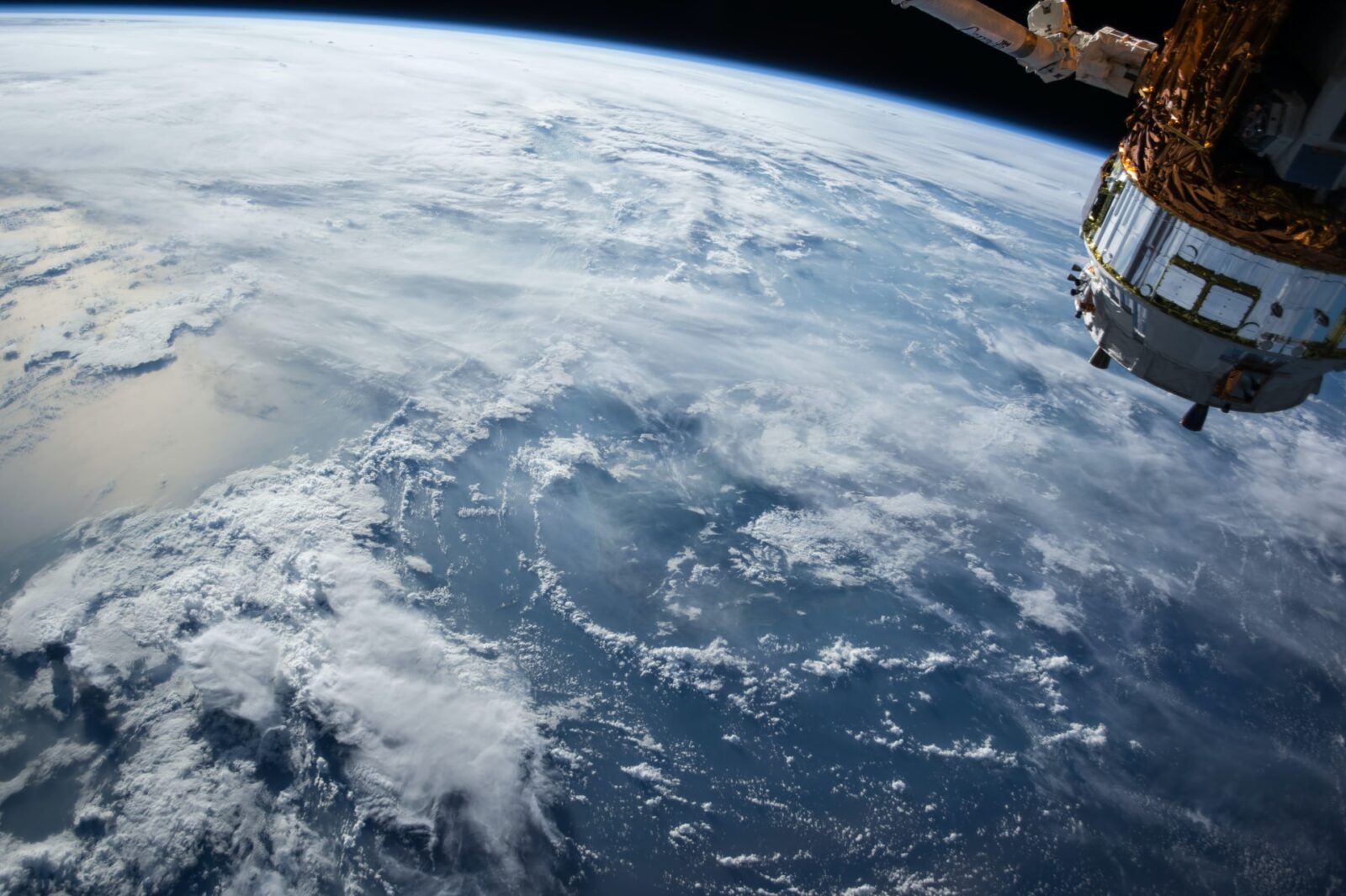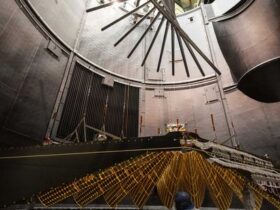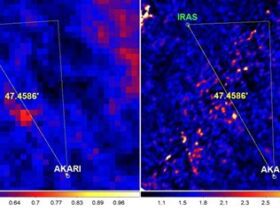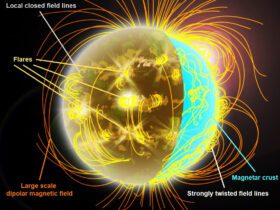LP 890-9b and LP 890-9c are the monikers of the two new “super-Earth” exoplanets that astronomers have found. As you have already guessed, both are larger than our planet. The two space bodies are orbiting the LP 890-9 star, and one of the planets is suspected of possessing the right conditions that might allow the existence of life, according to the New York Post.
The exoplanets exist about 100 light years away, which means that we can forget about any plans of physically going there to find out for sure if there are any life forms dwelling or not. Scientists from the University of Birmingham (UK) have taken a better look at the two space objects using the SPECULOOS telescope after the planets were initially discovered by NASA’s TESS satellite.
LP 890-9c might be habitable
The LP 890-9c exoplanet is the one believed to be habitable, as it’s located in the “Goldilocks Zone” of its solar system. That’s the region where life has chances to form. The exoplanet completes an obit once every 8.5 days.
Amaury Triaud, a scientist from the University of Birmingham who participated in the study, explains, as NewScientist quotes:
The outer planet is in the inner edge of what is called the habitable zone, a bit like the Earth is,
From my calculation, the system is the second best at the moment to study the climate of or find out the atmosphere with an instrument like the JWST.
In general, scientists admit, more or less directly, that it’s not enough for a planet to have the right conditions for life in order to be sure that there is indeed anything alive there. It’s a lot more complicated for life to develop than simply having the right conditions. But it’s still great to find planets such as LP 890-9c, and we can’t wait to find out more about it soon enough!
The new work will be published in Astronomy & Astrophysics.












Leave a Reply